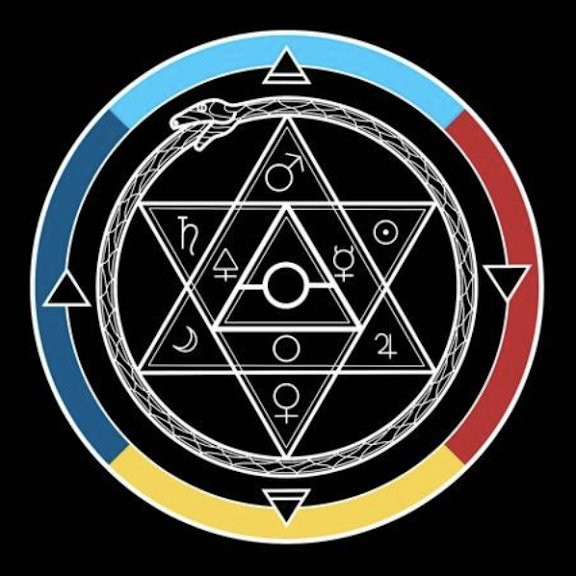Participation Mystique: Difference between revisions
From Depth Psychology Study Wiki
SkyPanther (talk | contribs) mNo edit summary |
SkyPanther (talk | contribs) mNo edit summary |
||
| Line 1: | Line 1: | ||
<blockquote>It denotes a peculiar kind of psychological connection with objects, and consists in the fact that the subject cannot clearly distinguish himself from the object but is bound to it by a direct relationship which amounts to partial identity. - Jung 1921 </blockquote>This describes secondary personalization - projection on people, places and things, of some transpersonal quality. For instance, an item (a sword, cup, wand, etc) being intelligent or having a personality or will of its own. Usually this happens to children with their parents, and later on with groups, institutions, and the like. | <blockquote>It denotes a peculiar kind of psychological connection with objects, and consists in the fact that the subject cannot clearly distinguish himself from the object but is bound to it by a direct relationship which amounts to partial identity. - Jung 1921 </blockquote>This describes kind of all encompassing secondary personalization - projection on people, places and things, of some transpersonal quality. For instance, an item (a sword, cup, wand, etc) being intelligent or having a personality or will of its own. Usually this happens to children with their parents, and later on with groups, institutions, and the like. | ||
Revision as of 21:42, 8 August 2022
It denotes a peculiar kind of psychological connection with objects, and consists in the fact that the subject cannot clearly distinguish himself from the object but is bound to it by a direct relationship which amounts to partial identity. - Jung 1921
This describes kind of all encompassing secondary personalization - projection on people, places and things, of some transpersonal quality. For instance, an item (a sword, cup, wand, etc) being intelligent or having a personality or will of its own. Usually this happens to children with their parents, and later on with groups, institutions, and the like.
